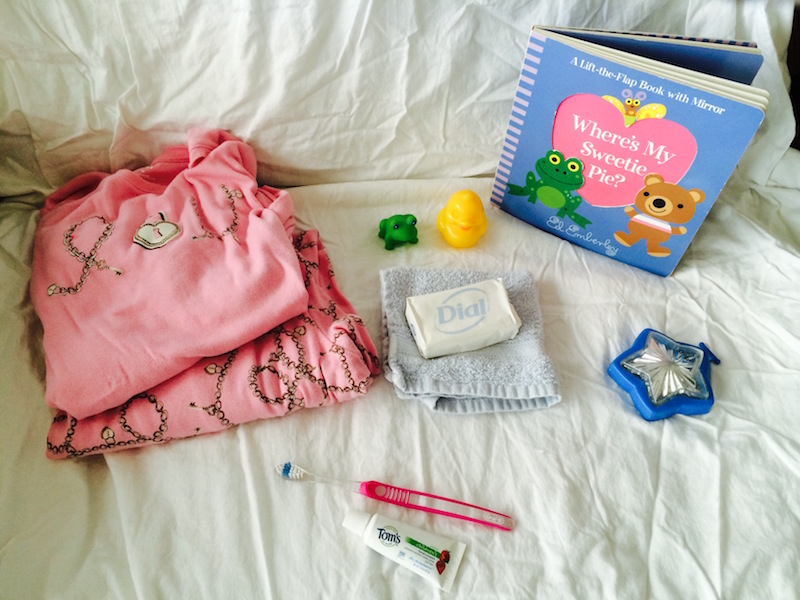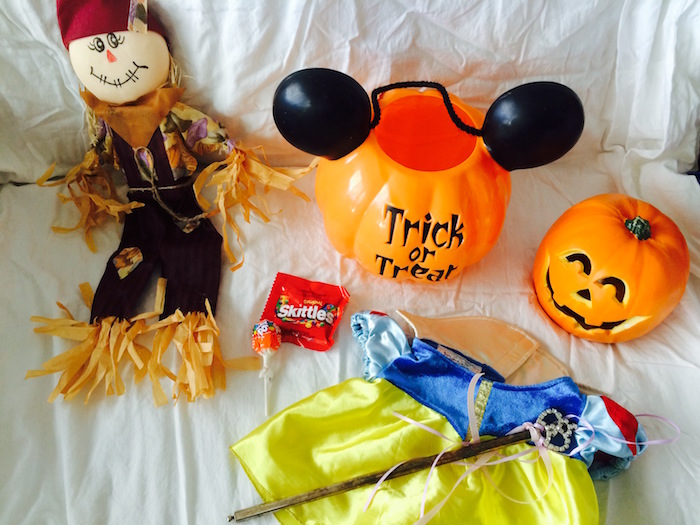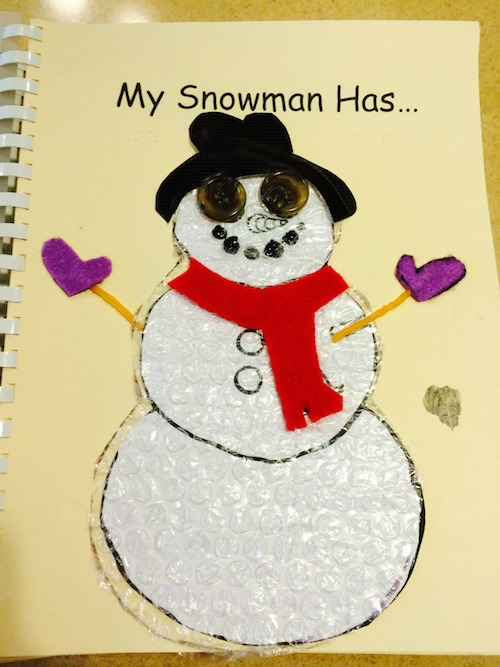Creating Experience Books with Children Who Are Blind
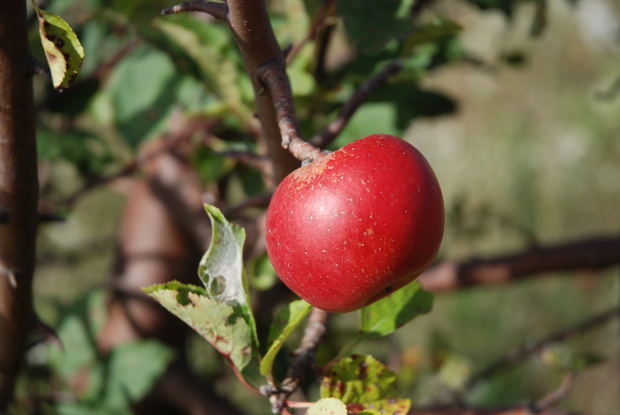
Students benefit from participating in a wide variety of different experiences. When they engage in an “experience” they are immersed in a rich learning environment. Students can have experiences within the classroom, outside, on a field trip, or at home with their families. You can capture and preserve the memory by creating an experience book. Below are experiences to create for your students and tips for fun, easy to create books.
Routines
1. The School Day
- Greet teachers and friends
- Morning Circle/Calendar Routine
- Enjoy a snack
- Outside Play
- Explore centers
- Say goodbye
- Get on the bus
- Riding the bus can be an experience book also
You can also create books about general classroom routines and “specials”. For example, you can write a book about art class. “First, I put on my smock. Next I choose my paint and paper. Next I pick a paintbrush. Then I paint my picture. Finally, I wash my hands.”
2. Bedtime
-
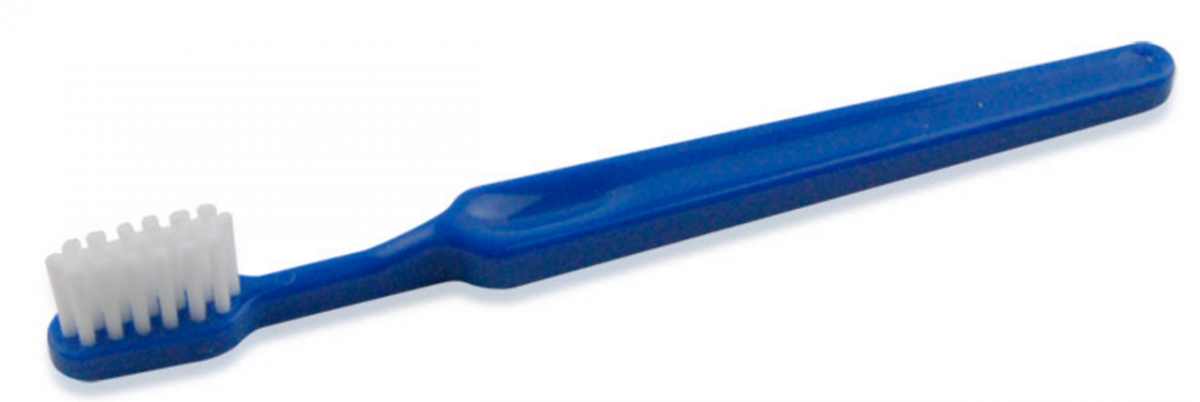 Brush my teeth
Brush my teeth - Take a bath/shower
- Put on my pajamas
- Read a story
- Sing a song
- Say goodnight
Activities
-
At school I like to:
- Read books
- Play ball
- Paint pictures
- Go outside
-
Planting seeds and flowers
-
Birthdays
-
Field Trips
- pet stores
- pumpkin patch
- aquarium
- park
- farm
-
Visiting another class
-
Playing with favorite toys
-
Holiday Activities
- Carving pumpkins
- Pumpkin bowling: This is a favorite activity. We used a large wedge. At the base of the wedge, we set up bowling pins. One student sat at the top and the other at the base. The student at the top pushed the pumpkin (the small ones) to roll it towards the pins. The student at the base can feel the pins fall and help set them up again. After the student is done bowling, they roll down the wedge.
- Apple Picking- At school we attached apples to yarn, then hung them on the tree outside. Then the students were able to “pick” the apples. We hung them at varying heights to accommodate students that walked and used a wheelchair.
- Trick or treating
- Making ornaments
- Wrapping presents
- Cooking / Baking
- Visiting Santa
- Class parties - Valentine's Day, Fall festivals, Winter Program
-
Riding a bike
- My students ride an adapted trike and they really enjoy it.
-
Making playdough
-
Nature walks
-
Playing an instrument
- shakers
- bells
- drum
- keyboard
-
A special class visitor
-
Winter activities
Create Winter-Themed Experience Books
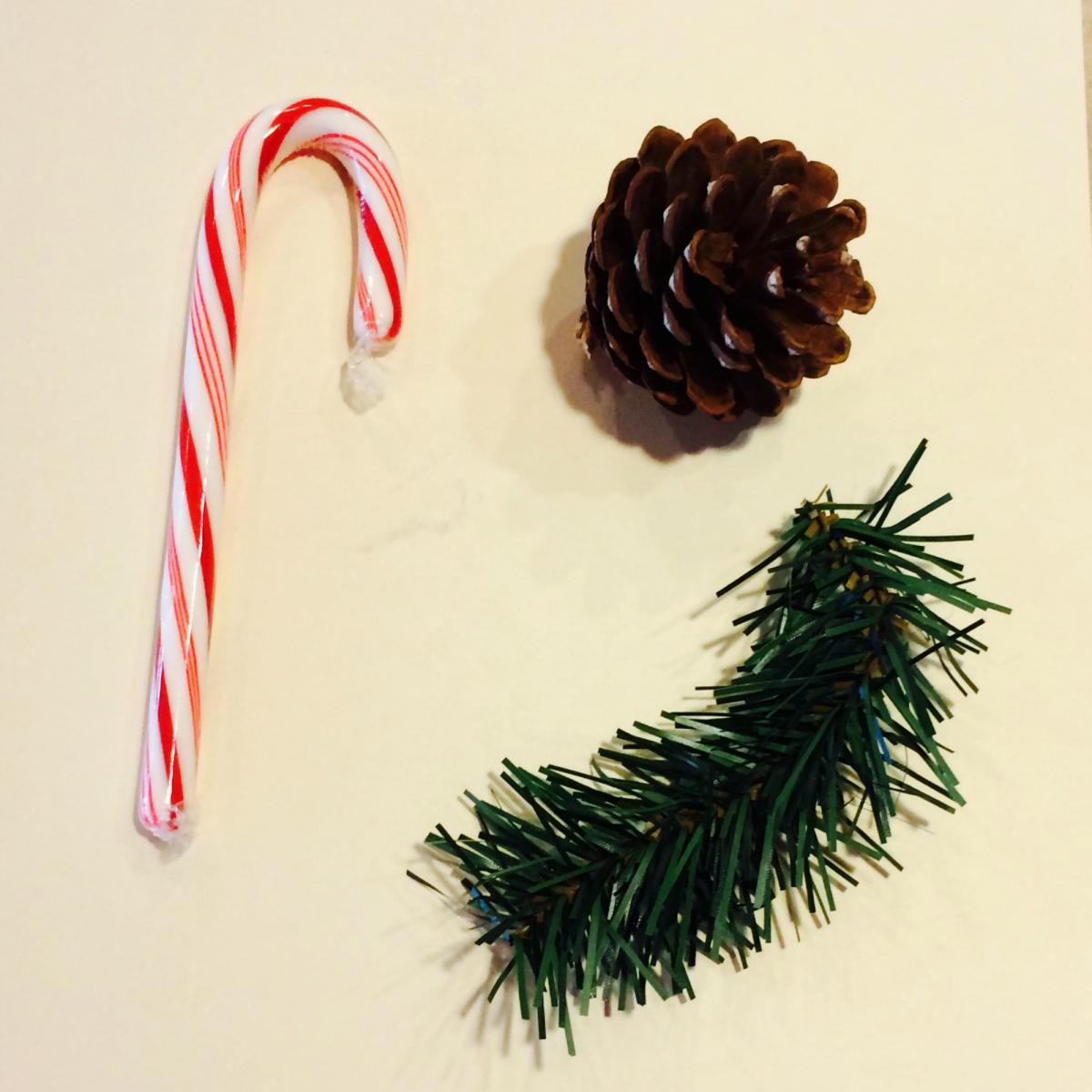 In the winter, students might visit a tree farm or go play in the snow. These two activities translate easily into experience books:
In the winter, students might visit a tree farm or go play in the snow. These two activities translate easily into experience books:My Trip to the Tree Farm
My Snowman
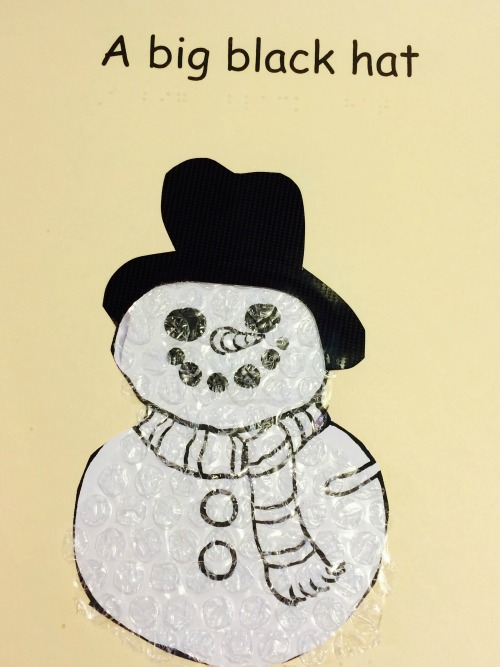
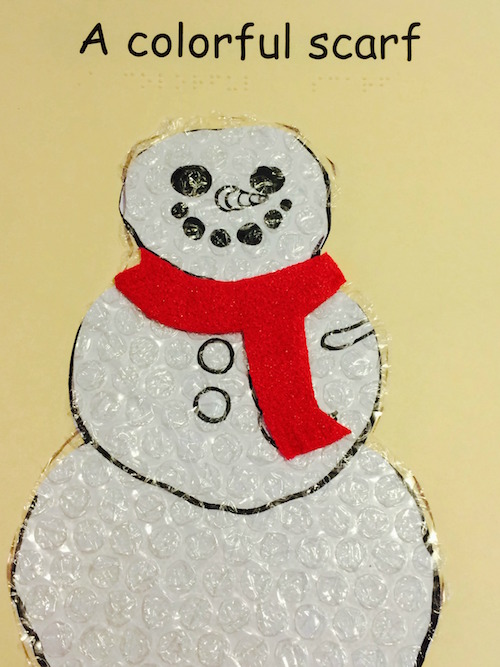
A Chubby Little Snowman
The Itsy Bitsy Snowman
Tips for Creating Experience Books with Children Who Are Blind or Visually Impaired
Bind several pages of cardstock or braille paper before the activity.
It is helpful to make several blank books for each student at the beginning of the school year. Pages can easily be added or removed if you need more or if you are going to braille directly on the pages. I think it is easier to type on the braille-on paper and then add that to the page. This allows you to glue the materials on the pages and then write the story.
Gather your materials before the activity.
You will need whole or partial objects, textures, and glue. Set up your workspace so that the students can explore the materials without being overwhelmed.
If you are gathering materials during the activity, bring baggies to collect the items.
If you are visiting a pumpkin patch or a farm, there are items you can save for the book. For example, if your student is feeding the chickens, save some feed and put it in a bag. Save a piece of the plant as students are exploring plants and flowers. When a student is on a hay ride, save several pieces of hay to keep. Later when you are ready to remember the experience, you will have the items from each activity.
Take pictures of the student participating in the activity.
This is important even if the student doesn’t have vision. I glue the pictures of the students on the same page as the textures. This allows the person reading the book with the student to provide additional descriptive language. For example if a parent is reading the book with their child, they can say “You held the chick. There were 3 chicks. Let’s count the feathers.”
Share the experience books with families.
The connection between home and school is an important factor in a student’s success. Experience books are a wonderful resource that will support the family. Communicate with the parents, preferably by phone, with follow up written information. Share with them the purpose of the activity and ideas for writing their own books. Bind a couple of books and send them home with the students. Encourage the parents to send them back to school so that you can read them in class.


